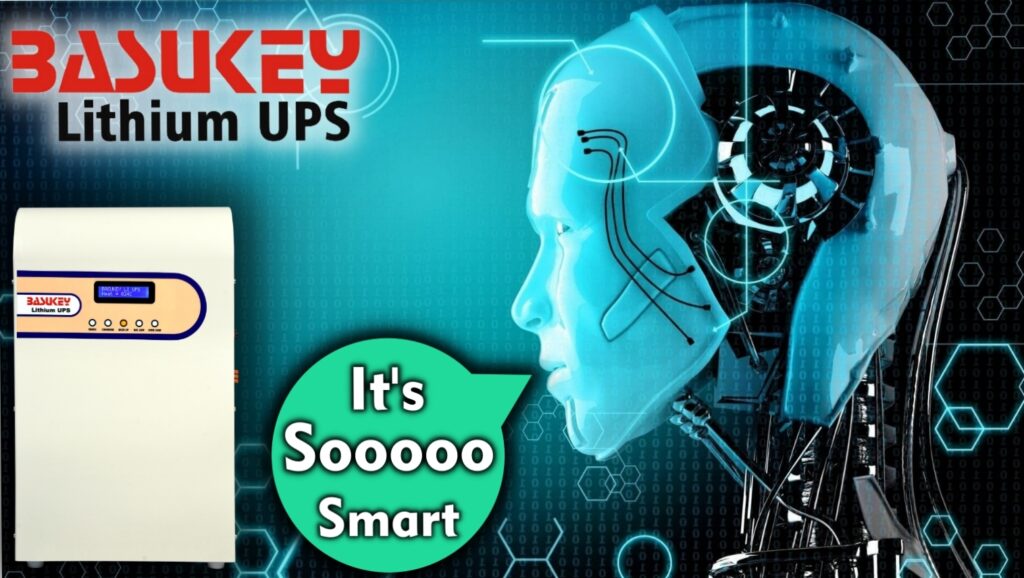Energy Solutions for Education: How Inverters and Batteries Support Schools
Energy Solutions for Education: How Inverters and Batteries Support Schools. In the education sector, access to reliable power is critical for creating an environment conducive to learning. With increasing reliance on digital tools, interactive technologies, and online resources, schools require uninterrupted power to support day-to-day activities. Power outages, especially in regions with unstable electricity supply, can disrupt classes. Delay administrative tasks, and hinder access to educational resources. Energy solutions such as inverters and batteries are becoming vital components in ensuring that schools can function smoothly without interruptions.
The Role of Inverters and Batteries in Schools
Inverters and battery storage systems work together to provide a seamless power backup solution for schools. When power is disrupted, these systems ensure continuity by supplying stored energy to critical infrastructure. Including lighting, computers, internet routers, and multimedia equipment.
1. Uninterrupted Learning
Power cuts can disrupt lessons, particularly in schools that rely on projectors, smart boards, and computers for teaching. Inverters and batteries ensure that classes can continue uninterrupted by providing backup power to essential equipment.
- Digital Classrooms: Inverter systems keep digital learning tools, such as smartboards and projectors, powered during outages.
- Online Learning: Schools increasingly rely on the internet for accessing learning materials, conducting research, and hosting virtual classes. Batteries provide backup power to routers and modems, ensuring connectivity is maintained.
2. Reliable Power for Computer Labs
Many schools have dedicated computer labs where students learn essential digital skills. A power outage can lead to data loss, damage to computers, and interrupted lessons. Inverters and batteries offer backup power to ensure that computers continue to function and students’ work is not lost.
- Data Protection: Backup systems help prevent data loss. And allow students to continue working even during short or extended power outages.
- Safety of Equipment: Batteries can help safeguard expensive technology by ensuring a smooth transition between grid power and stored power. Preventing damage from sudden power surges.
3. Supporting Administrative Operations
In addition to classrooms, schools have administrative offices that rely on uninterrupted power for managing student records. Communications, and financial operations. Inverters and batteries ensure that administrative functions continue without disruption.
- Data Security: Backup power helps ensure that critical data stored on computers and servers is protected during power outages.
- Operational Continuity: Administrative tasks like student registration, report generation. And financial management can proceed smoothly with backup power, reducing delays in school operations.

Key Benefits of Inverters and Battery Storage for Schools
1. Cost Efficiency
Schools often face budget constraints, making cost-effective energy solutions essential. Inverters and batteries can help reduce energy costs over time by optimizing energy usage. And reducing reliance on generators, which are more expensive to operate and maintain.
- Lower Energy Bills: Battery systems can be programmed to store energy during off-peak hours when electricity is cheaper. Reducing costs by using this stored power during peak times.
- Reduced Generator Use: Schools in regions with frequent power outages often rely on diesel generators, which are costly to run. Inverters and batteries provide a cleaner, quieter, and more cost-effective alternative.
2. Sustainability
Schools can take the lead in promoting sustainability by integrating renewable energy sources such as solar power with inverter and battery systems. This not only reduces the school’s carbon footprint but also teaches students the importance of environmental stewardship.
- Solar Integration: Inverter and battery systems can be combined with solar panels, storing excess solar energy during the day for use at night or during power outages.
- Green Schools: By reducing reliance on fossil fuels, schools can demonstrate a commitment to environmental responsibility and educate students about the benefits of clean energy.
3. Scalability
Inverter and battery solutions are highly scalable, making them suitable for schools of all sizes. From small rural schools with limited energy needs to large urban institutions with complex power demands, these systems can be tailored to meet specific requirements.
- Customizable Solutions: Schools can start with small systems and expand as their energy needs grow. Modular battery systems allow for easy scalability.
- Flexible Configurations: Schools can configure their systems to prioritize critical loads (such as lighting and computers) and ensure that essential equipment remains powered during extended outages.
Case Studies: How Schools Benefit from Energy Solutions
1. Rural Schools in Developing Regions
In many developing regions, rural schools often suffer from unreliable or nonexistent grid electricity. Installing solar-powered inverters and battery systems enables these schools to access reliable power, improving educational outcomes and enhancing the learning environment.
- Reliable Lighting: In regions with frequent power cuts, students and teachers often struggle with poor lighting, especially in the evening. Inverter systems ensure that classrooms remain well-lit, even during outages.
- Empowering Digital Learning: By providing consistent power for computers and internet access, rural schools can offer students better opportunities for learning and digital literacy.
2. Urban Schools with High-Tech Needs
Schools in urban areas increasingly rely on technology for teaching, learning, and administrative tasks. Backup energy systems ensure that these schools can maintain operations without interruption, even during grid failures.
Energy Solutions for Education: How Inverters and Batteries Support Schools
- Seamless Operation of Smart Classrooms: Inverter and battery systems ensure that smart classrooms and IT infrastructure continue to function smoothly, allowing teachers to use digital resources and conduct virtual lessons without disruption.
- Energy Efficiency: By optimizing energy use and incorporating renewable sources, urban schools can reduce energy costs while maintaining cutting-edge facilities.
Inverters and batteries are becoming indispensable tools for schools looking to ensure reliable power, enhance learning experiences, and promote sustainability. Whether it’s keeping computer labs functional, supporting digital classrooms, or ensuring administrative continuity, these energy solutions offer a cost-effective and scalable approach to managing power needs. By integrating renewable energy sources and leveraging the benefits of backup power systems, schools can not only safeguard their operations but also educate students about the importance of energy sustainability.
